Mechanistic theory predicts the effects of temperature and humidity on inactivation of SARS-CoV-2 and other enveloped viruses
- PMID: 33904403
- PMCID: PMC8277363
- DOI: 10.7554/eLife.65902
Mechanistic theory predicts the effects of temperature and humidity on inactivation of SARS-CoV-2 and other enveloped viruses
Abstract
Ambient temperature and humidity strongly affect inactivation rates of enveloped viruses, but a mechanistic, quantitative theory of these effects has been elusive. We measure the stability of SARS-CoV-2 on an inert surface at nine temperature and humidity conditions and develop a mechanistic model to explain and predict how temperature and humidity alter virus inactivation. We find SARS-CoV-2 survives longest at low temperatures and extreme relative humidities (RH); median estimated virus half-life is >24 hr at 10°C and 40% RH, but ∼1.5 hr at 27°C and 65% RH. Our mechanistic model uses fundamental chemistry to explain why inactivation rate increases with increased temperature and shows a U-shaped dependence on RH. The model accurately predicts existing measurements of five different human coronaviruses, suggesting that shared mechanisms may affect stability for many viruses. The results indicate scenarios of high transmission risk, point to mitigation strategies, and advance the mechanistic study of virus transmission.
Keywords: COVID-19; SARS-CoV-2; environmental stability; epidemiology; global health; humidity; infectious disease; microbiology; temperature; virus.
Conflict of interest statement
DM, KY, AG, FR, QH, TB, RF, MM, NV, PV, LM, VM, JL No competing interests declared
Figures
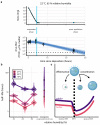










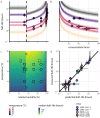

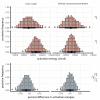



















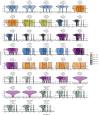
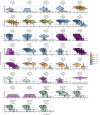

Update of
-
Mechanistic theory predicts the effects of temperature and humidity on inactivation of SARS-CoV-2 and other enveloped viruses.bioRxiv [Preprint]. 2020 Dec 18:2020.10.16.341883. doi: 10.1101/2020.10.16.341883. bioRxiv. 2020. Update in: Elife. 2021 Jul 13;10:e65902. doi: 10.7554/eLife.65902. PMID: 33083797 Free PMC article. Updated. Preprint.

